The Moon, the Sun, the planets, the stars and beyond.
If a robotic mission has traveled there, so has Lockheed Martin.
The spacecraft and systems that we design, build and operate have been a part of exploring every planet in our solar system. They have landed on Mars, executed tiny orbits around asteroids, flown past Pluto and explored the Kuiper Belt—the farthest distance any space vehicle has ever gone.
Our integrated systems provide the power and protection needed to safely navigate through the cruise stage, keep even the smallest, most precise orbits on course, and withstand the challenges of entry, descent and landing (EDL). The instruments we developed for these missions collect vital scientific samples and data and send them back to Earth. And on the ground, our mission support teams keep spacecraft flying and information flowing to scientists and engineers for analysis.
The experience and knowledge gathered from these robotic missions not only provides us with valuable data about our solar system, but it also informs a key goal of deep space exploration: sending humans to the Moon and Mars in the not-so-distant future and providing the infrastructure for a new space economy.
Experience
Innovation
Operations
Discover How We Explore Deep Space
Our deep space exploration capabilities begin with our closest celestial neighbor — the Moon. We have played a part in missions like Lunar Prospector that discovered the first evidence of water ice at the lunar poles, and we engineered and led operations for GRAIL that mapped the Moon’s gravitational field. We also built Lunar Trailblazer, which was designed measure the form, abundance and distribution of water the lunar surface.
Our industry-leading expertise in lunar exploration has prepared us for the eventual return of humans to the Moon with NASA's Artemis program.
We have been a part of every NASA mission to Mars including the first lander — Viking 1 in 1975 — and have built half of the 22 spacecraft that have gone to the Red Planet. Our successful aeroshell and heatshield technology has supported the entry, descent and landing of those assets.
In addition to spacecraft development, we conduct critical flight operations, including for the three current NASA Mars orbiters. These spacecraft have provided valuable communications data for a combined 11 landed assets, including the active Curiosity and Perseverance rovers.
Our latest pursuit explores Mars Sample Return as a firm-fixed price solution, reducing cost and complexity to bring these valuable samples to Earth. This will set the stage for future human exploration of the Red Planet.
Our legacy of deep space exploration is unmatched as we have played a crucial role in planetary exploration with spacecraft and components visiting every planet in the solar system—including Pluto. We’ve even been a part of every NASA mission to Mars, building landers, orbiters, heat shield systems and more.
The spacecraft and components that we’ve designed and built for NASA have helped advance our understanding of the formation of the solar system and the evolution of the planets.
Future NASA missions to Venus and Saturn’s moon, Titan, and the return of surface samples from Mars, are in development and will expand our understanding of the Earth’s celestial siblings.
The history of where we come from is written in the fossils of the early solar system, and the technologies and capabilities developed by our engineers are providing scientists with data like we've never seen before.
The spacecraft we've designed and built have done it all.
From visiting 10 asteroids during a 12-year mission with Lucy, returning samples of an asteroid like we did with OSIRIS-REx, capturing solar wind particles with Genesis and returning samples of a comet with Stardust, Lockheed Martin is at the forefront of discovering how these smaller cosmic objects may have been instrumental in the development of life on Earth.
You could say we're experts at reaching for the stars.
The spacecraft we've built to study the stars have provided the scientific community with a wealth of data. It starts with the center of our solar system as MUSE and IRIS are studying the Sun to better understand the behaviors of its atmosphere and by tracing the flow of energy and plasma into the corona and chromosphere.
But we aren't stopping there. We've proven to be time travelers as we've designed and built the Hubble Space Telescope, Spitzer Space Telescope and NIRCam, the primary imager on the James Webb Space Telescope. These technologies allow scientists to peer back in time to just after the birth of the universe, giving humanity a glimpse of where we come from.
It takes innovative technologies and capabilities for all of these deep space exploration missions to succeed.
We've implemented novel technologies like Natural Feature Tracking (NFT) on OSIRIS-REx to autonomously map and navigate around an asteroid, and developed aeroshell capabilities that protect NASA's planetary landers.
And we offer our customers important products, operations and services, including our Smallsat Solar Array Lab, which develops solar power systems for various missions and destinations, our Mission Support Area that operates and commands customer spacecraft and even offer testing as a service to ensure customers' spacecraft and components are ready for their journeys.




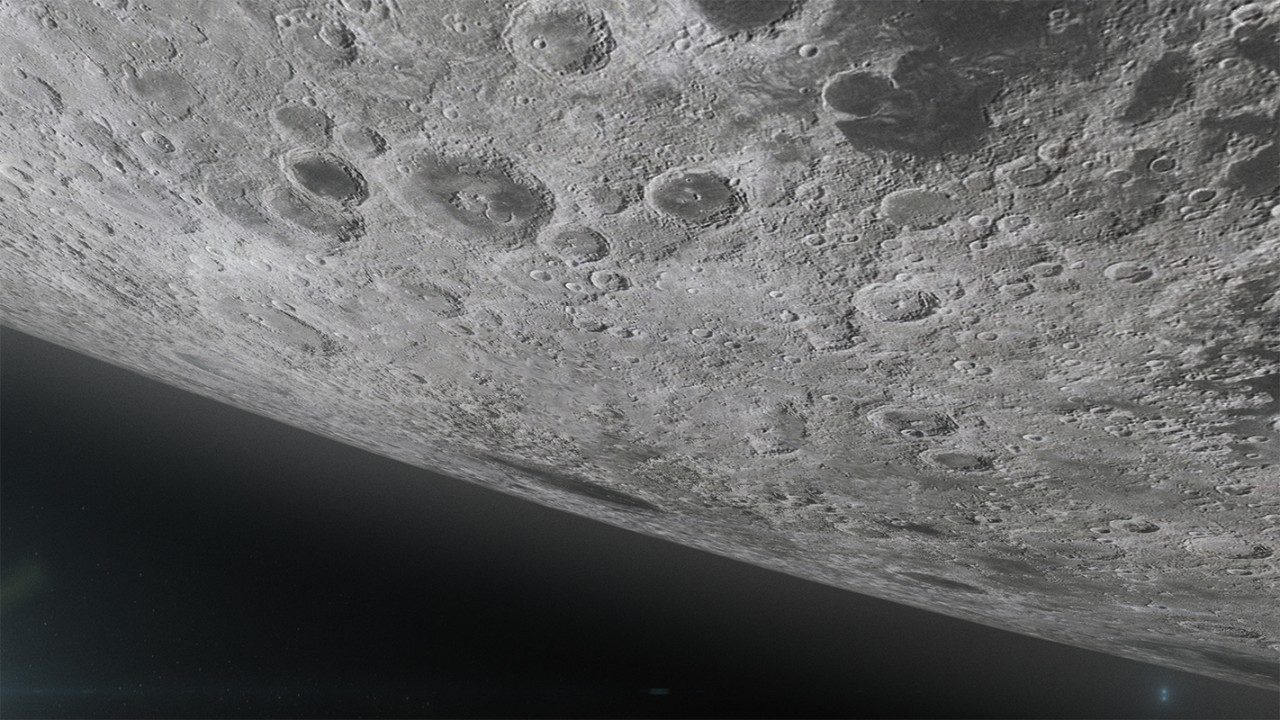
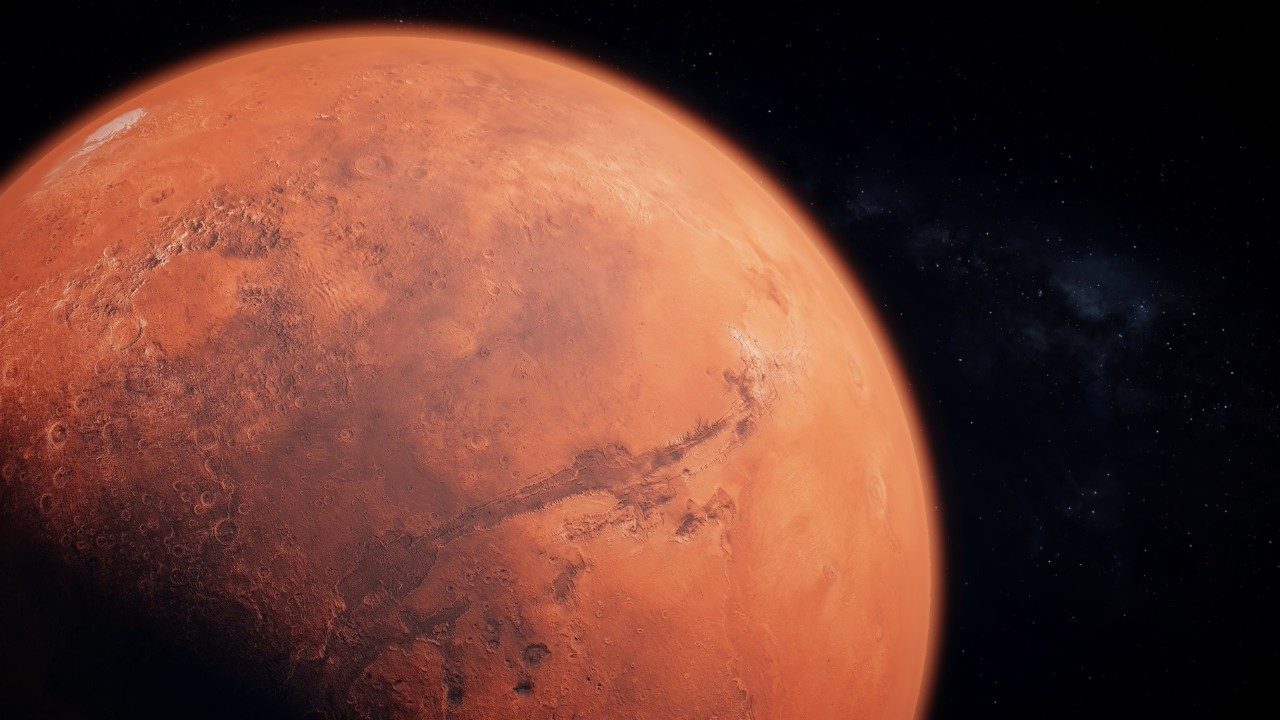
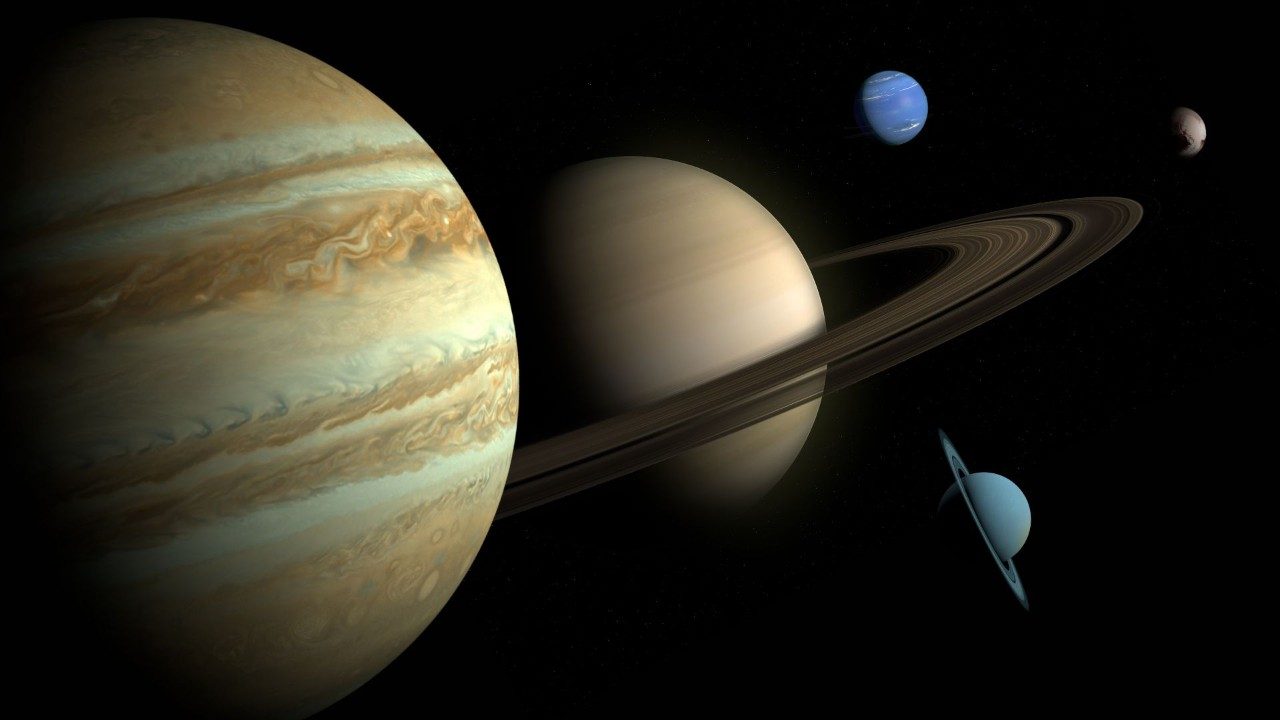
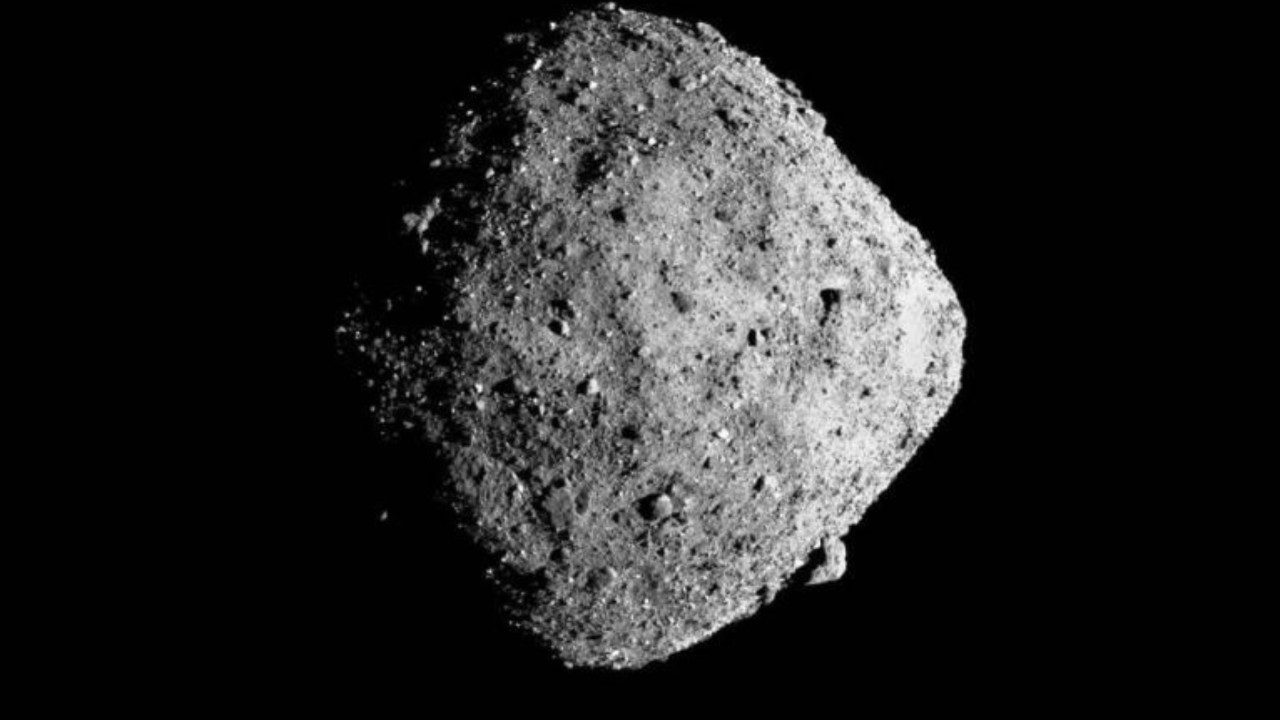


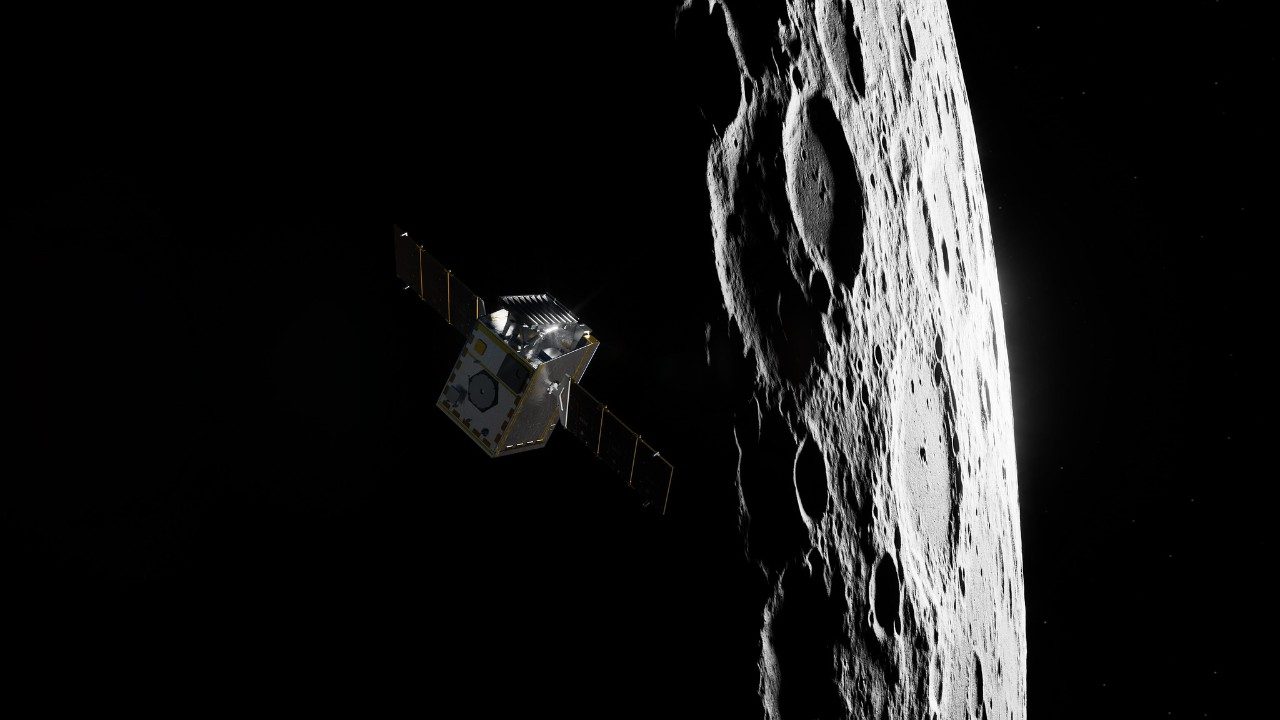
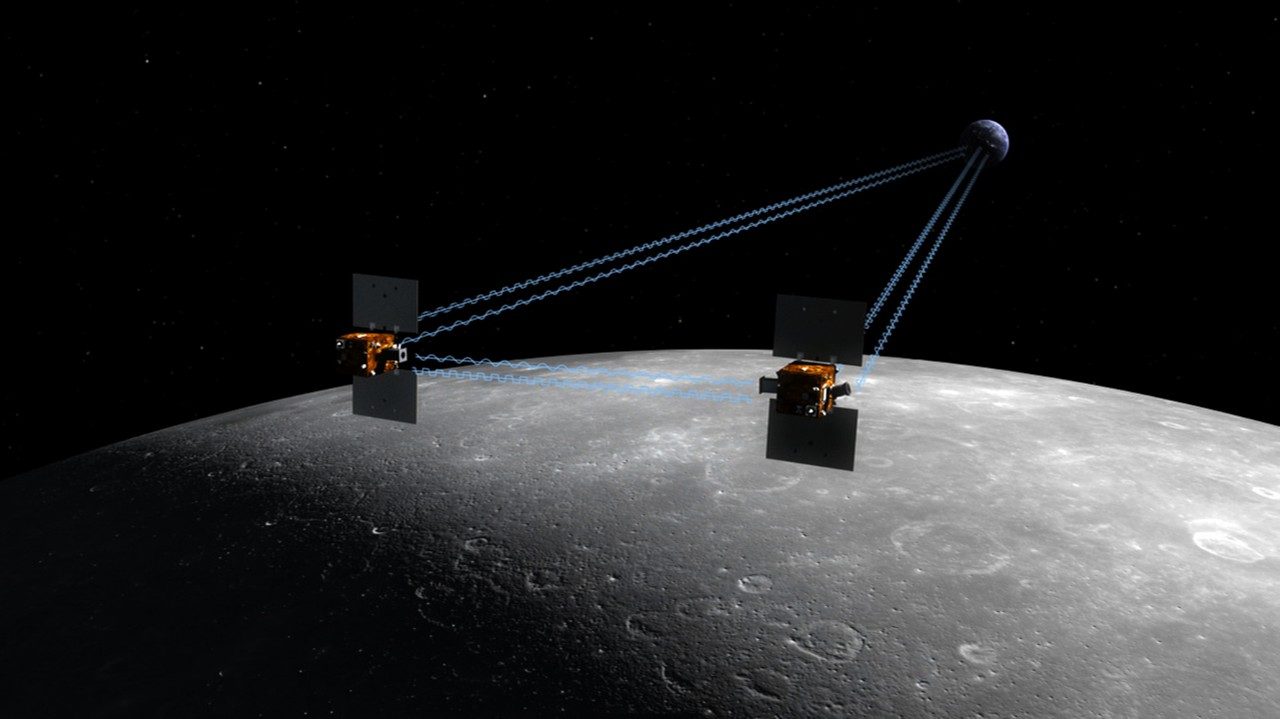
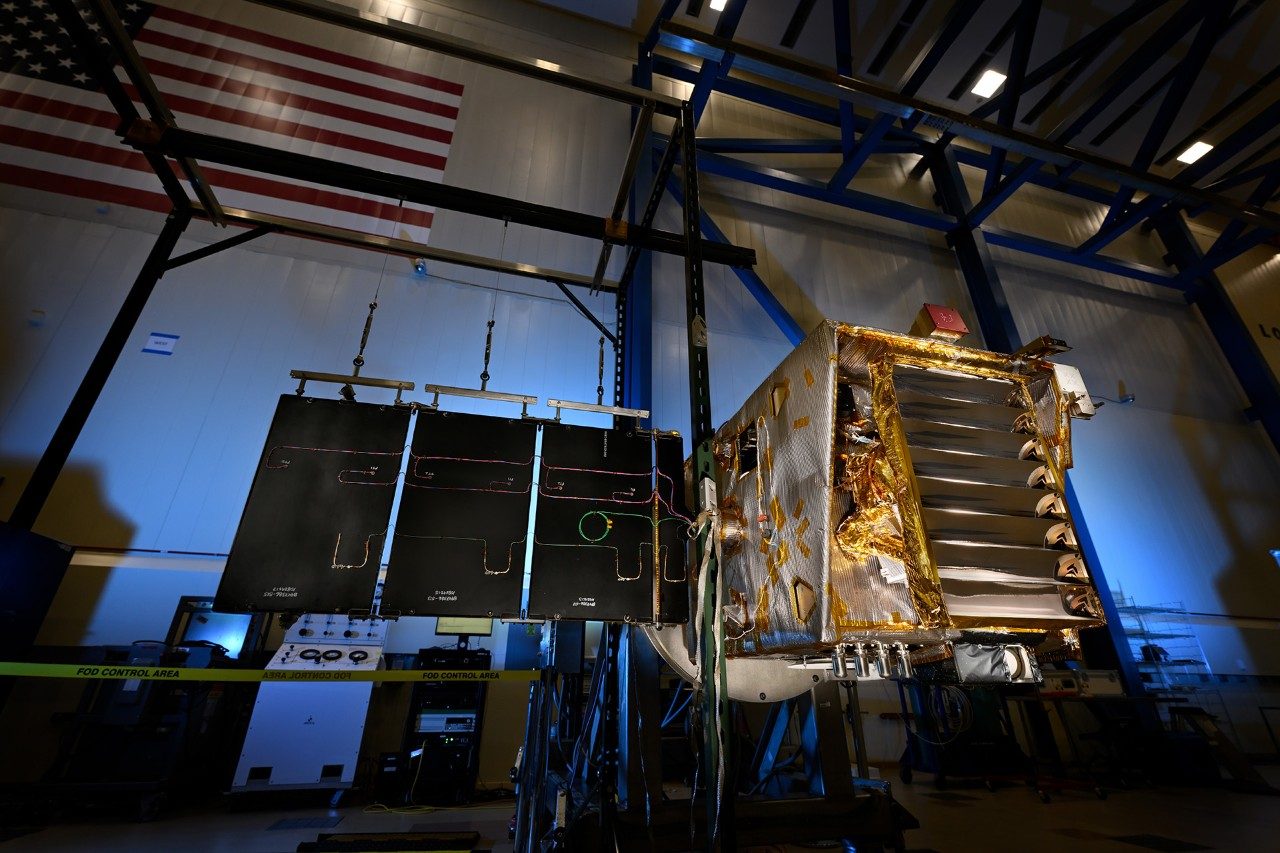


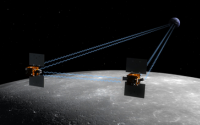
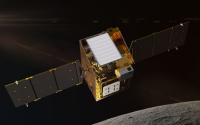
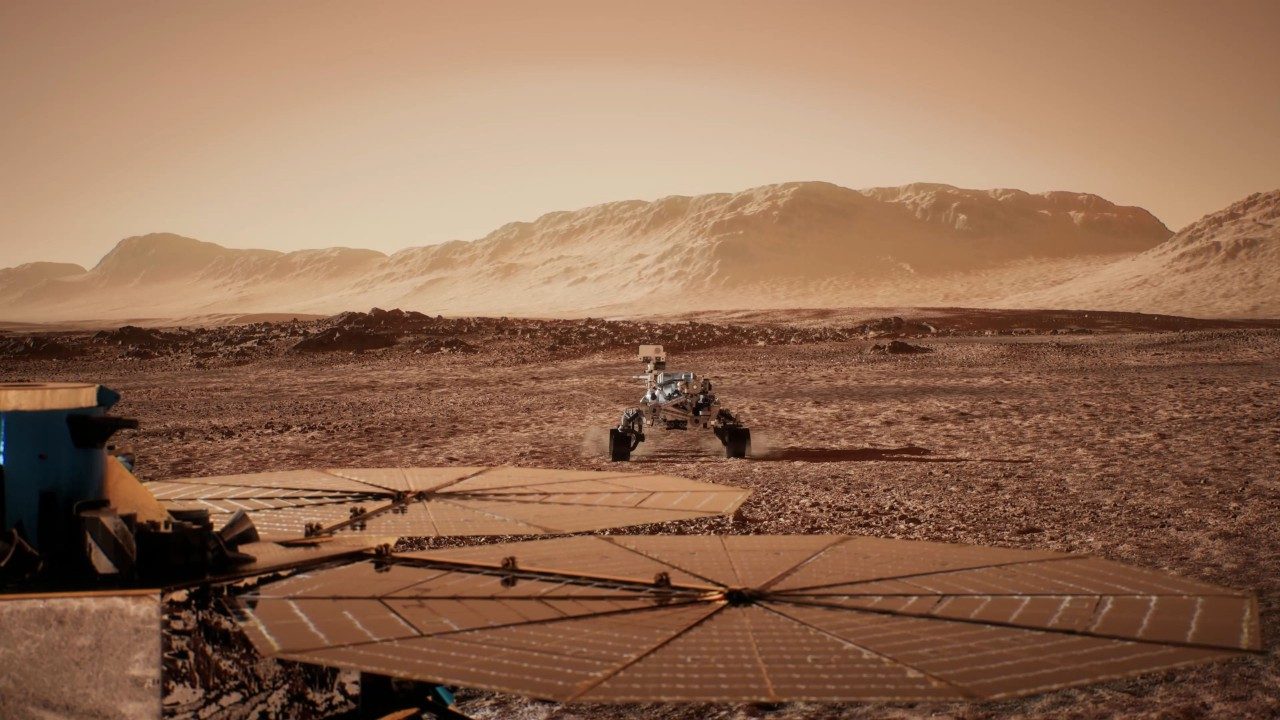
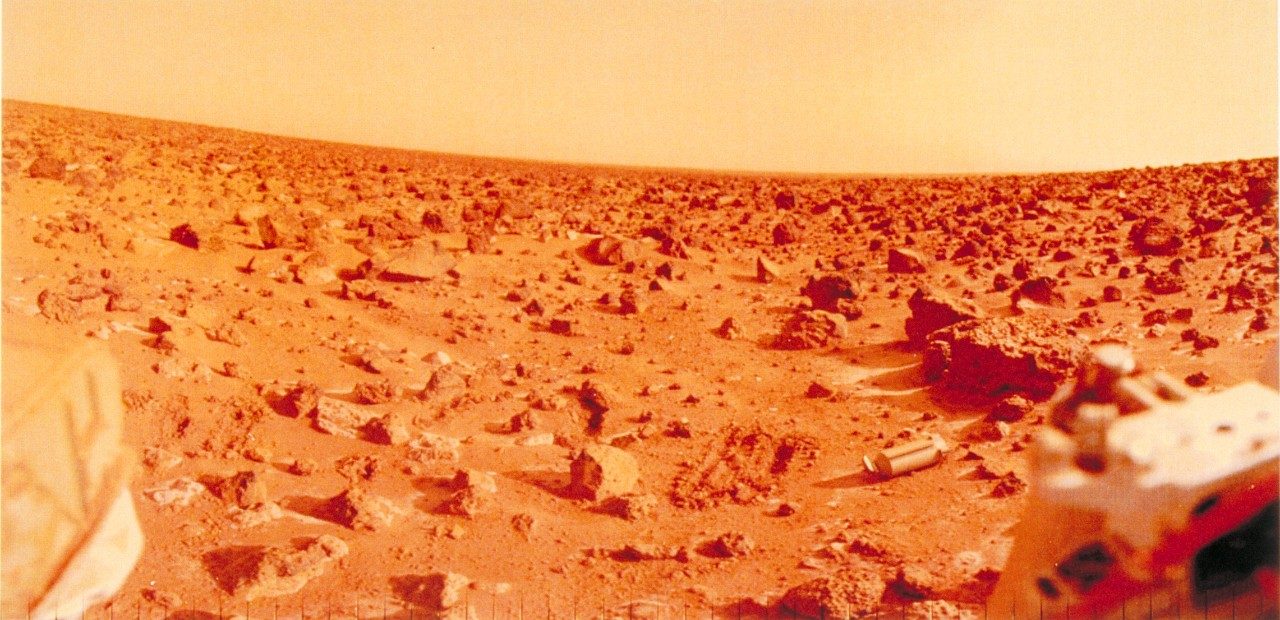

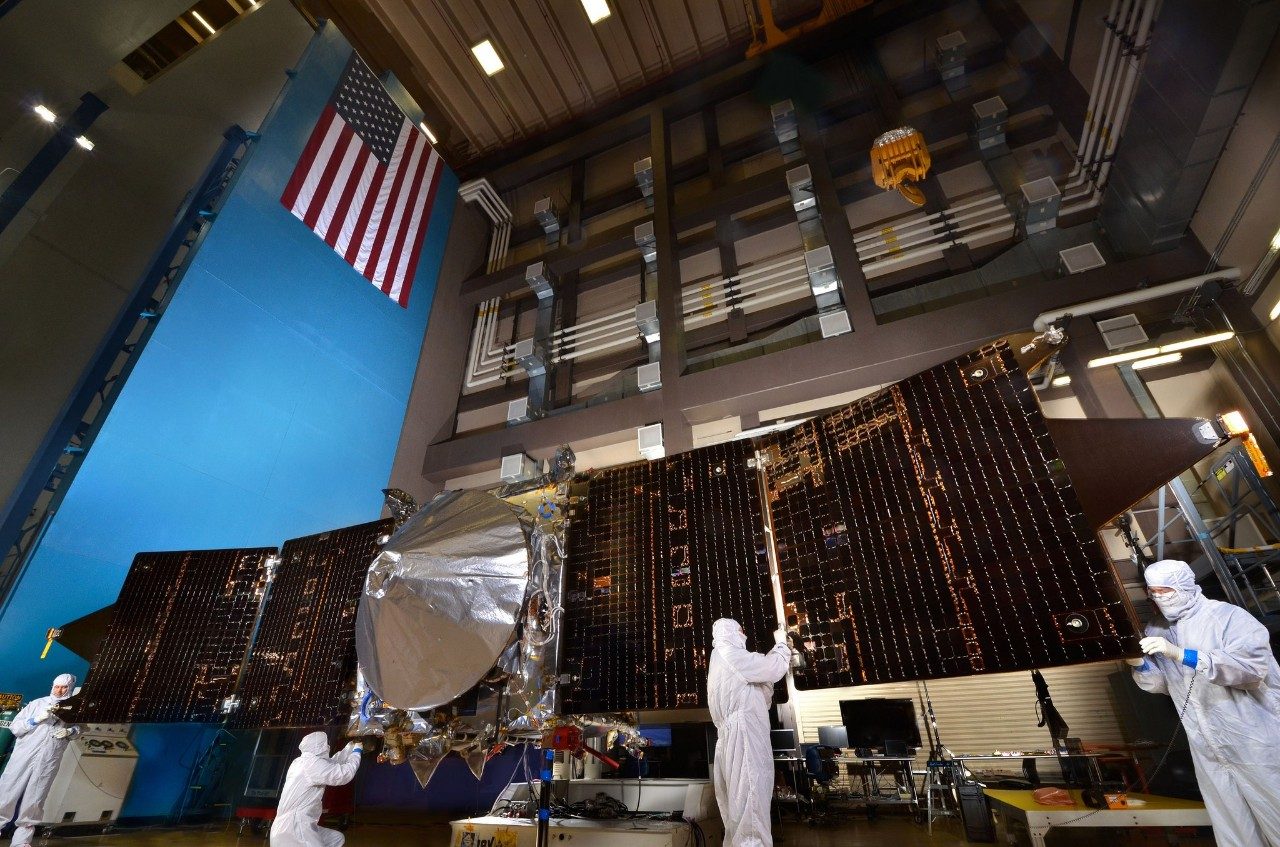


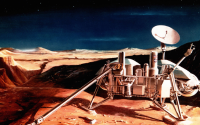
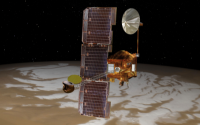
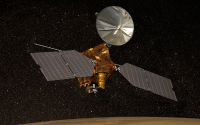

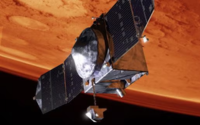
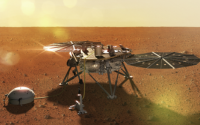
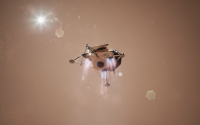
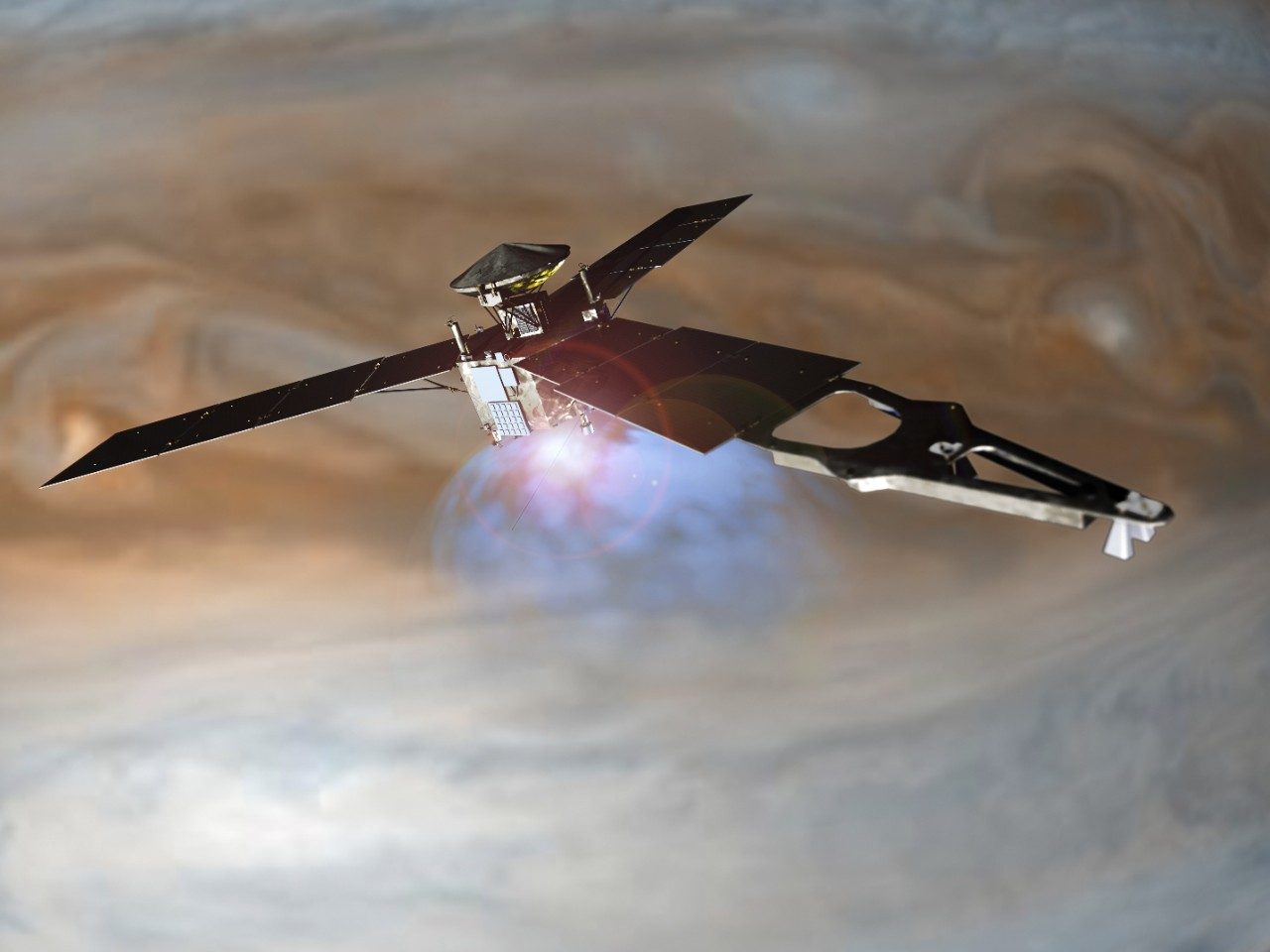
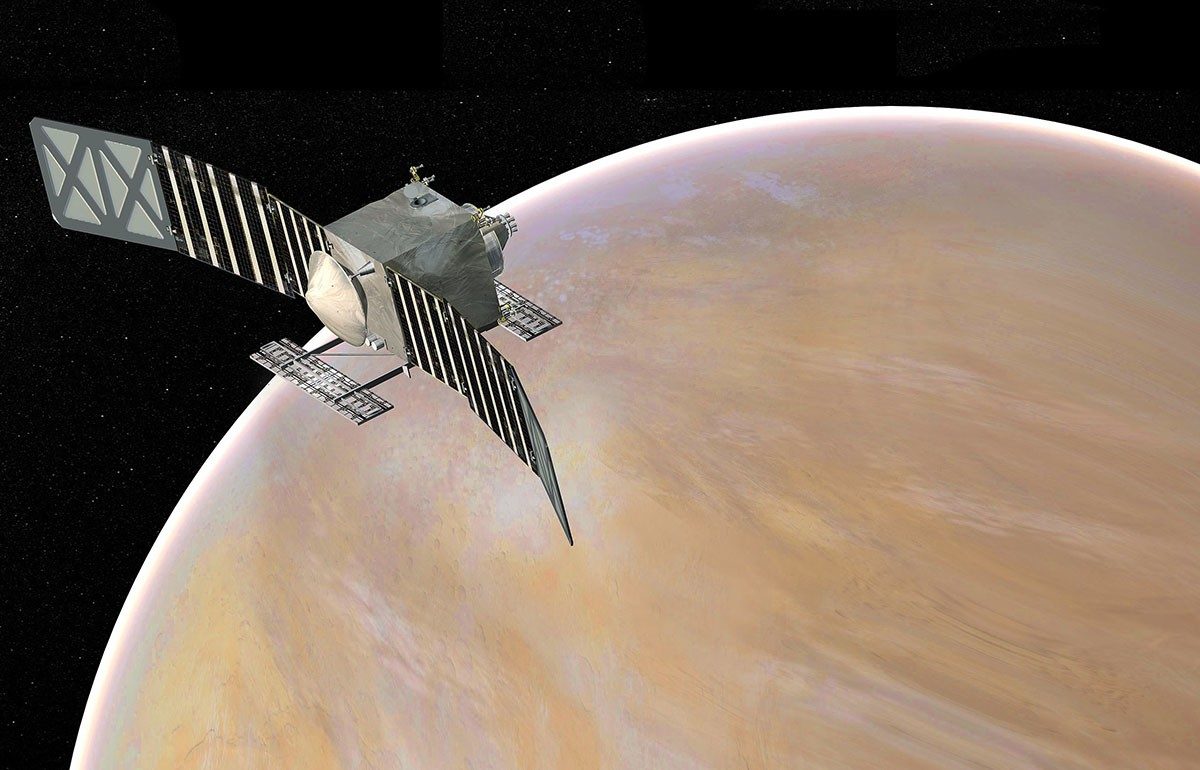


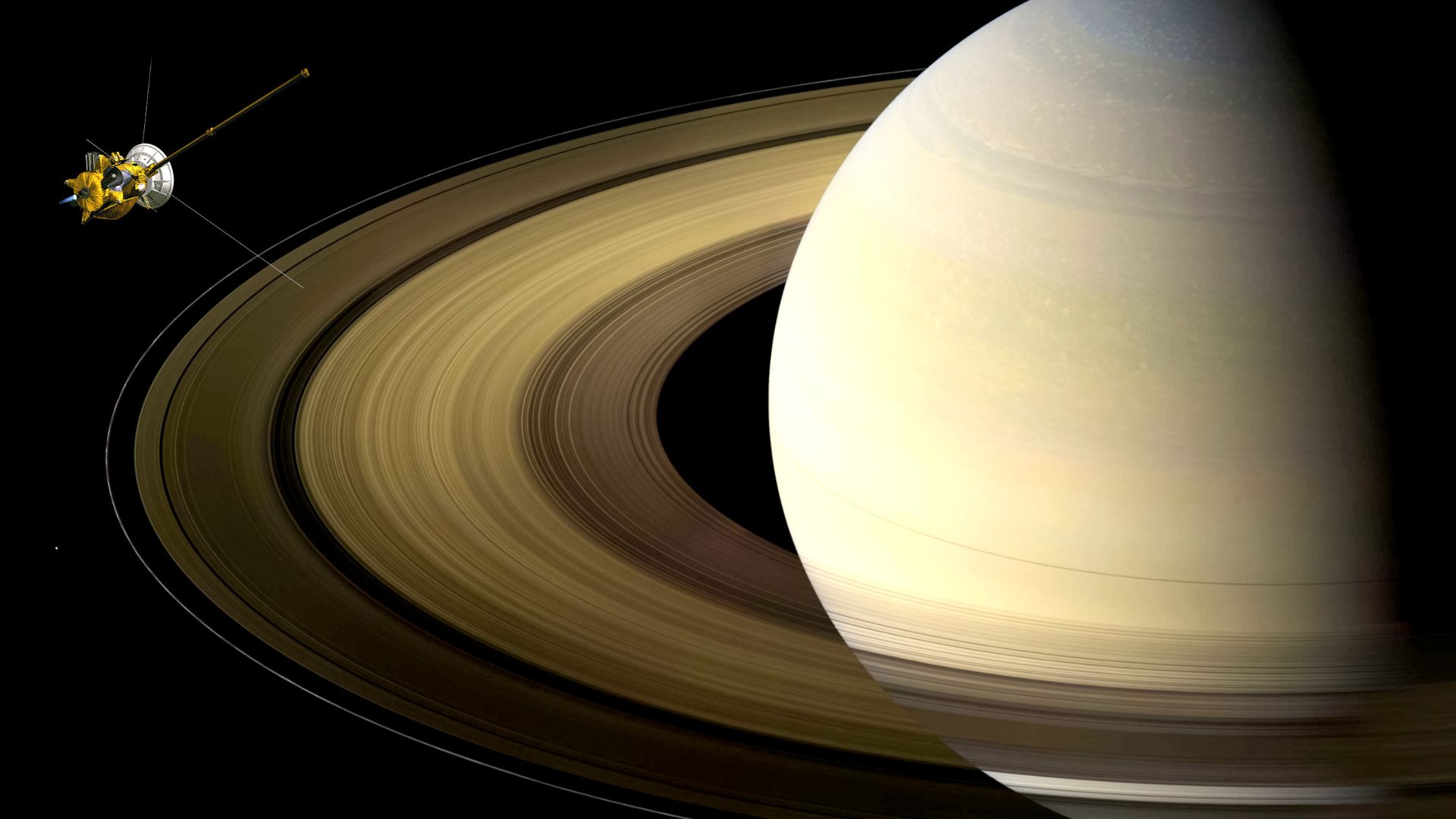
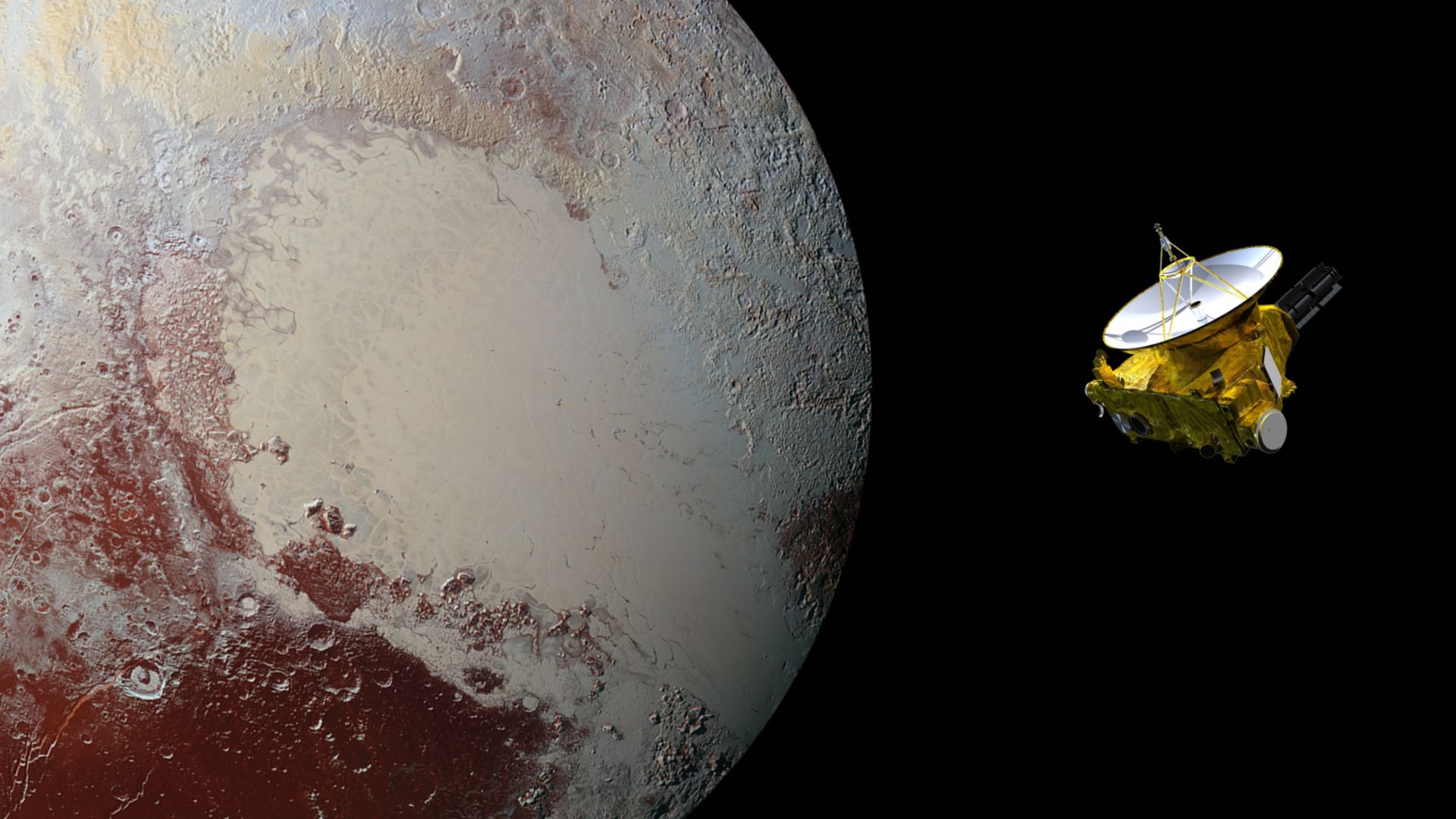

.png)

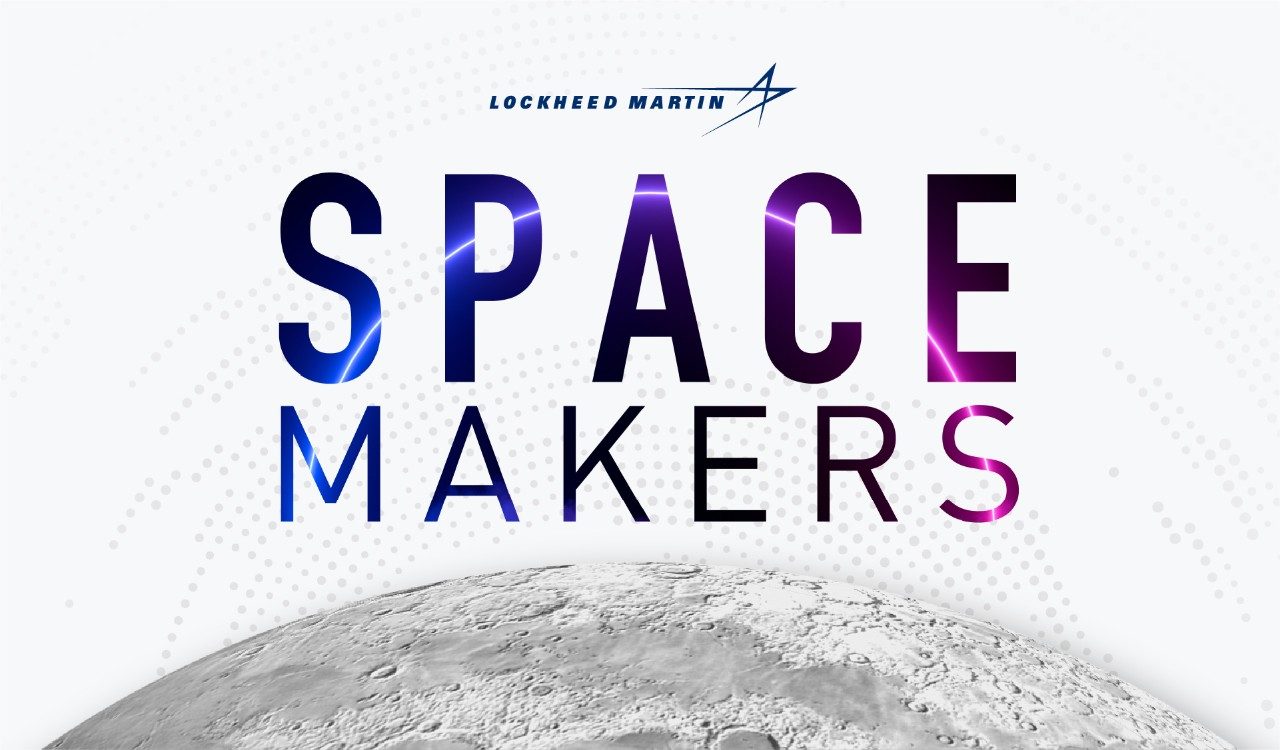
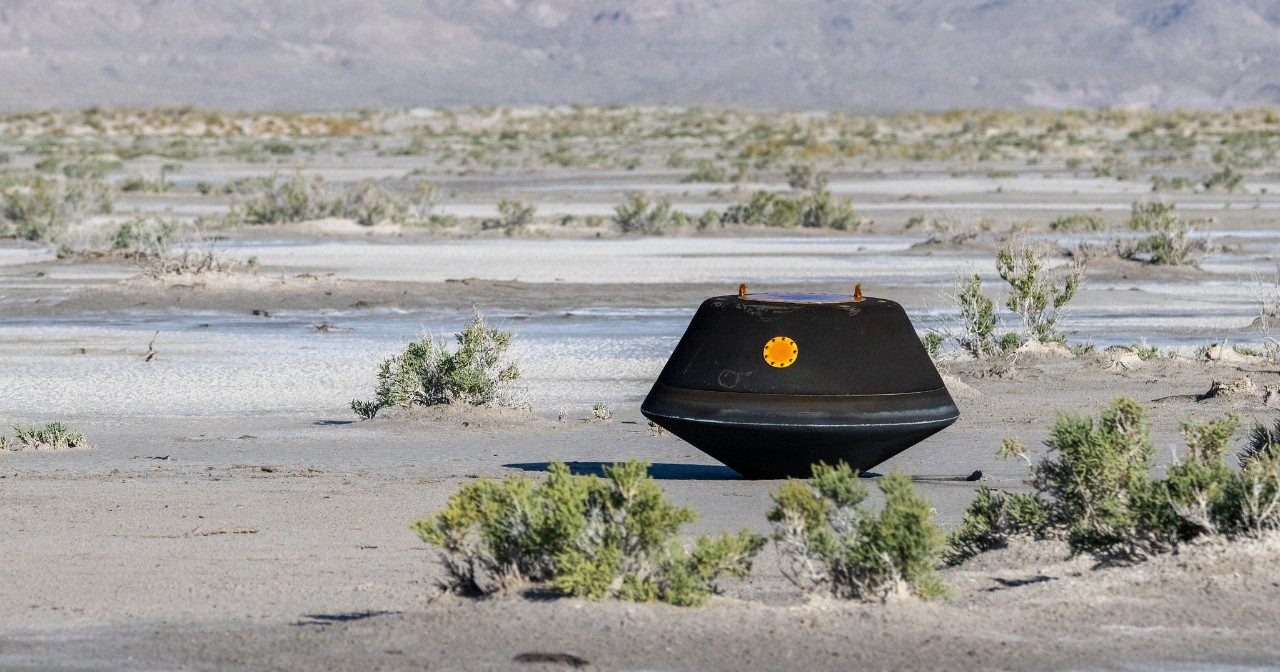
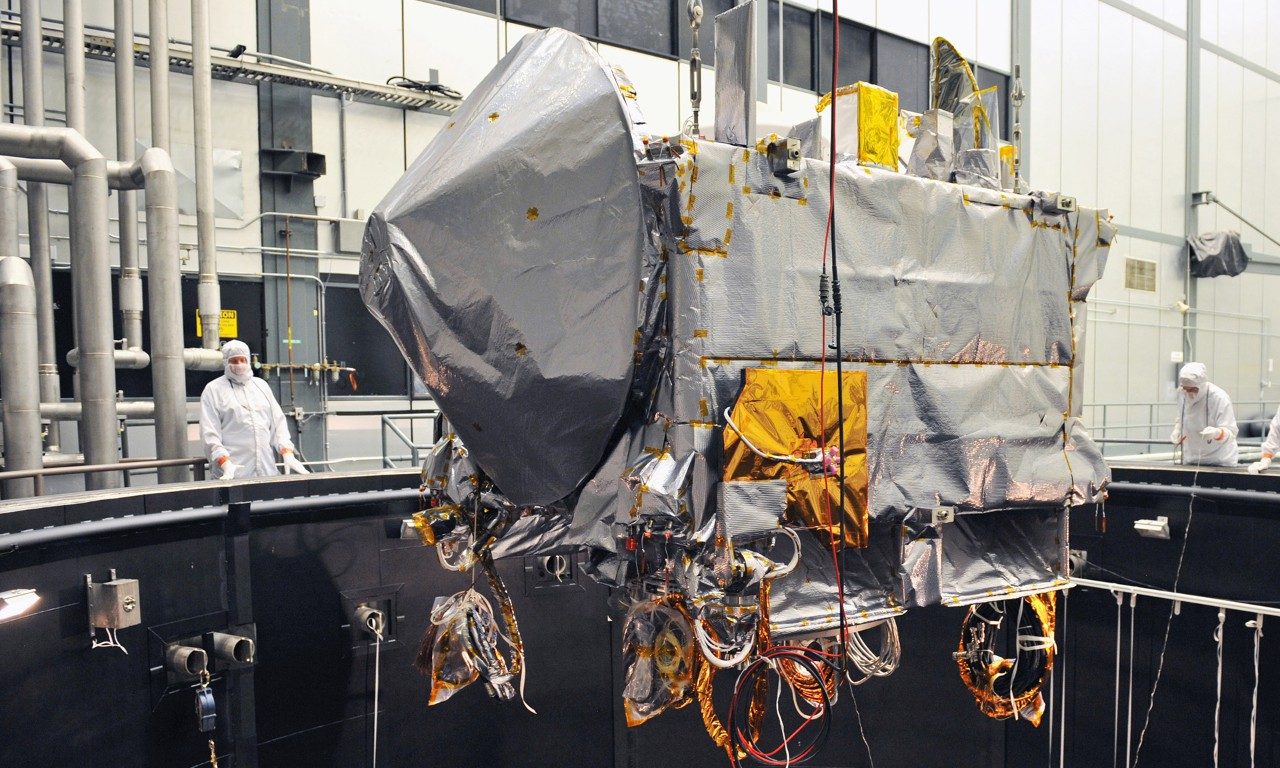
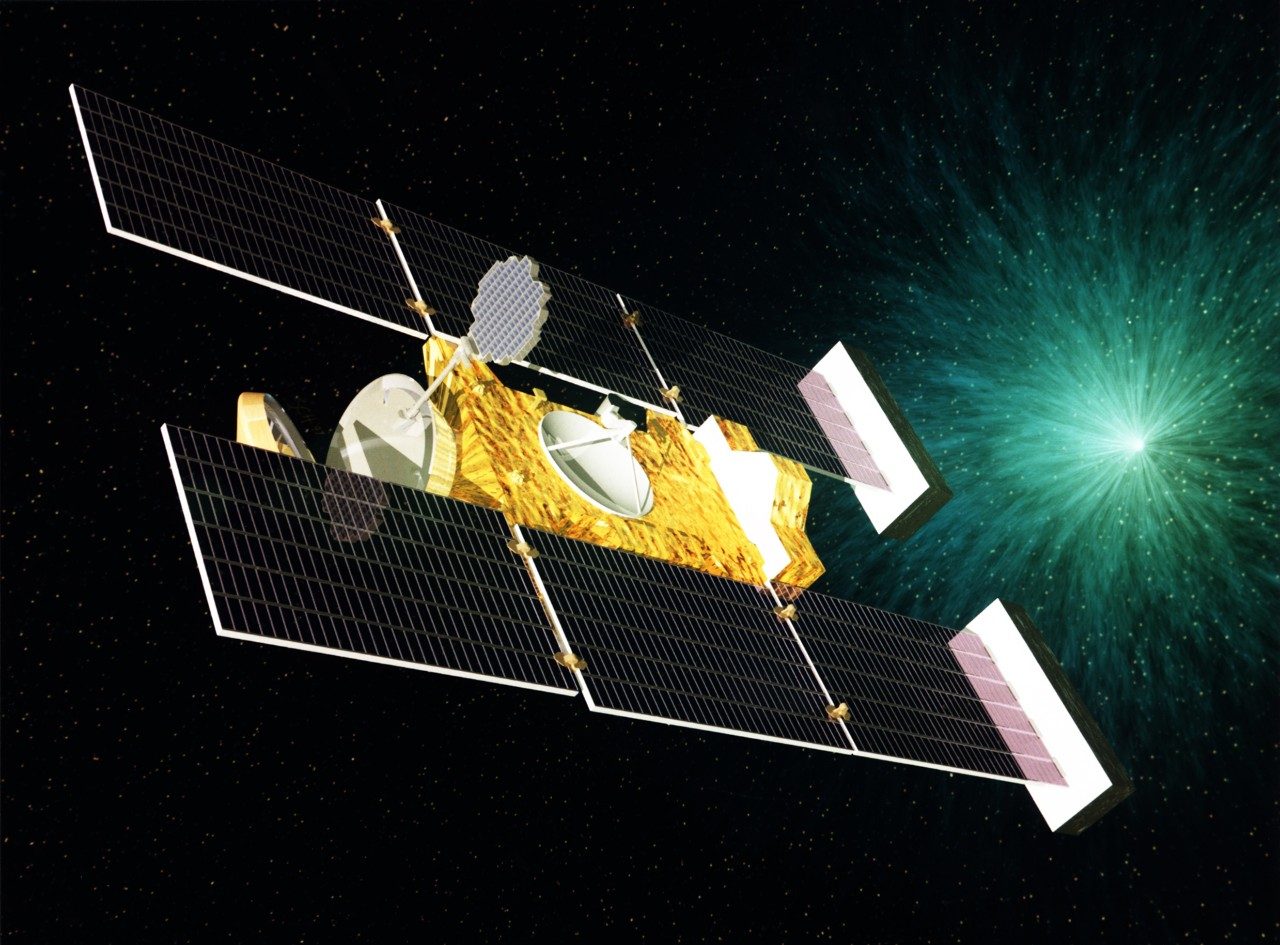
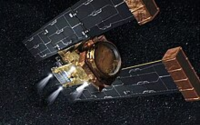
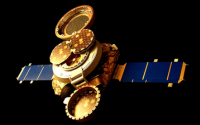
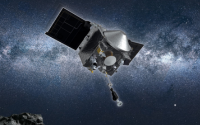
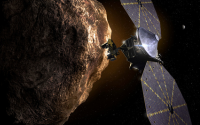
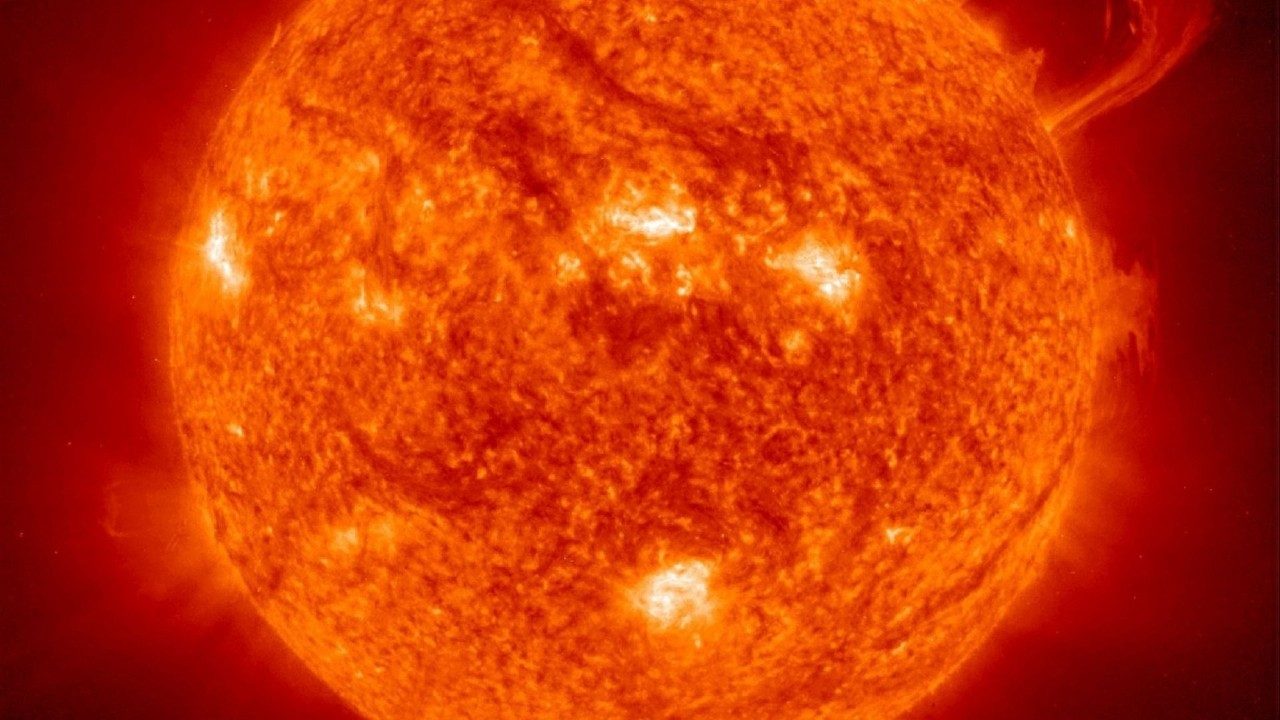
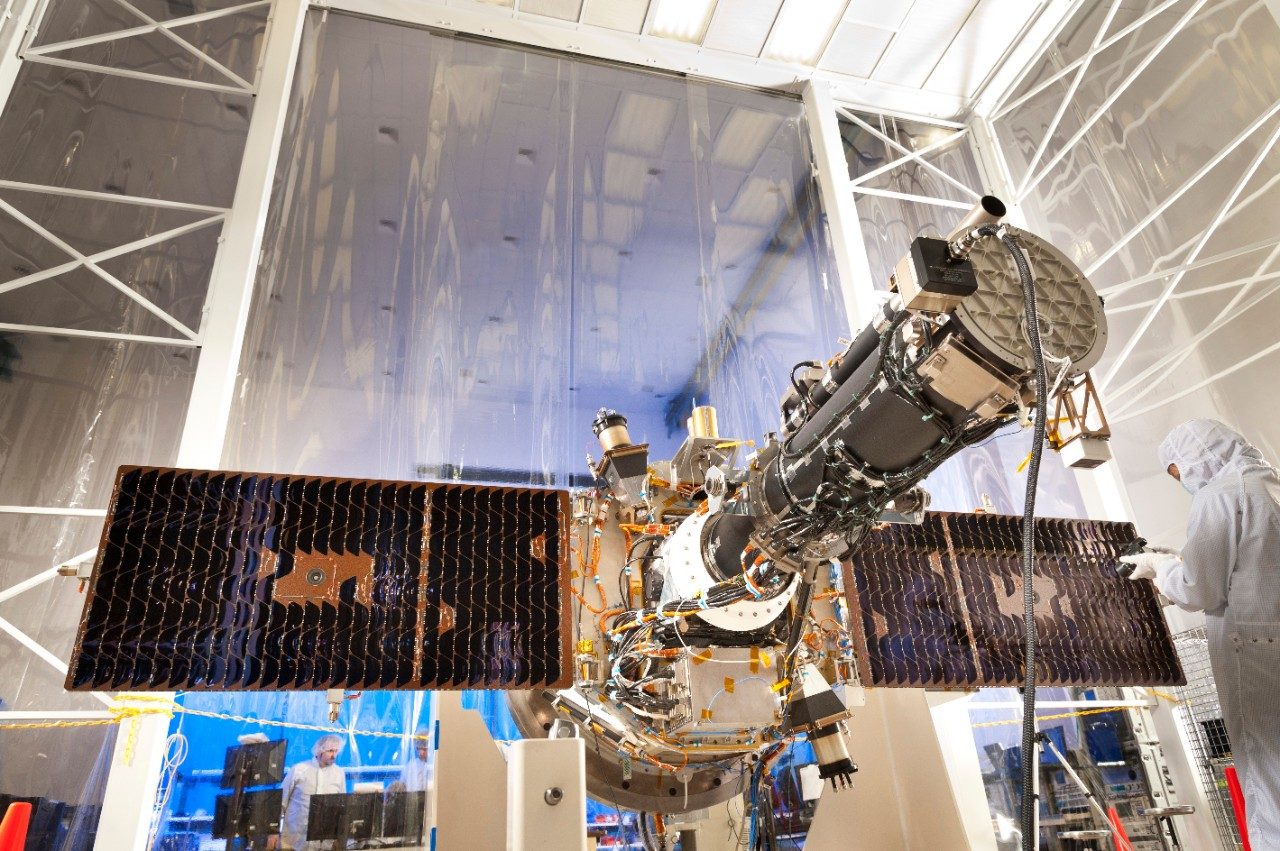
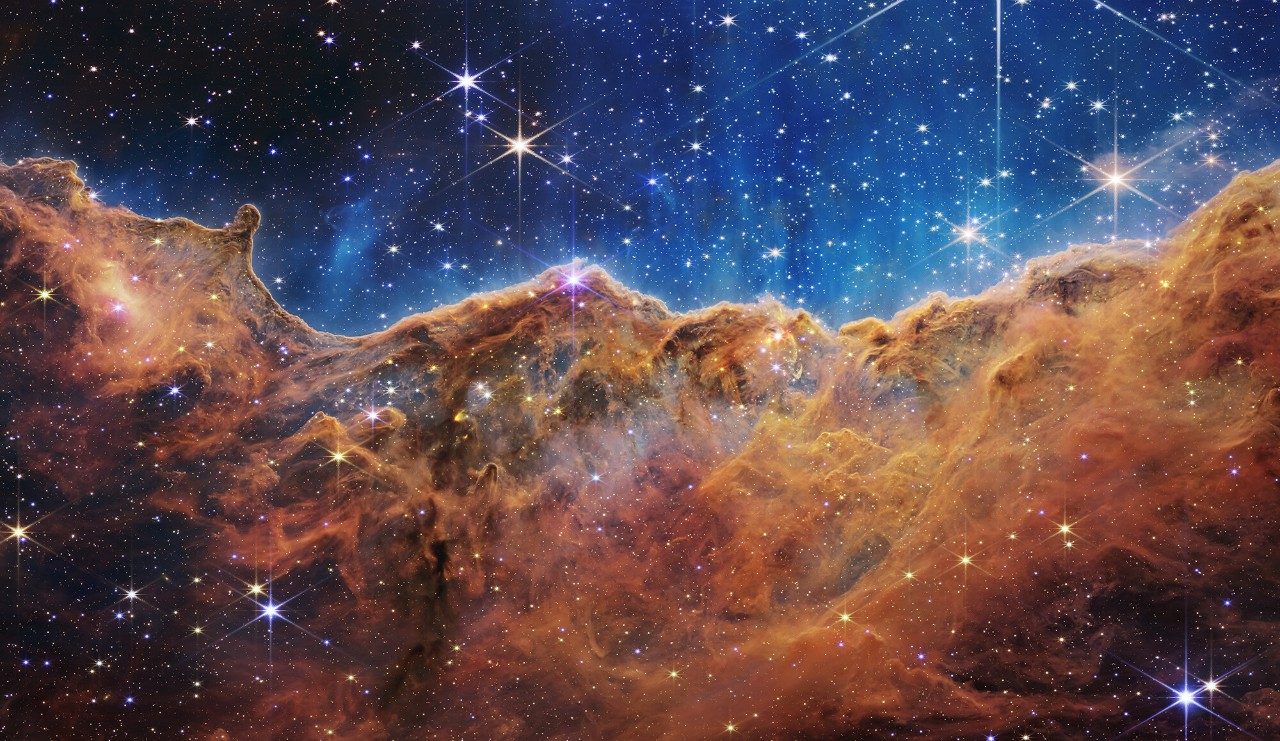
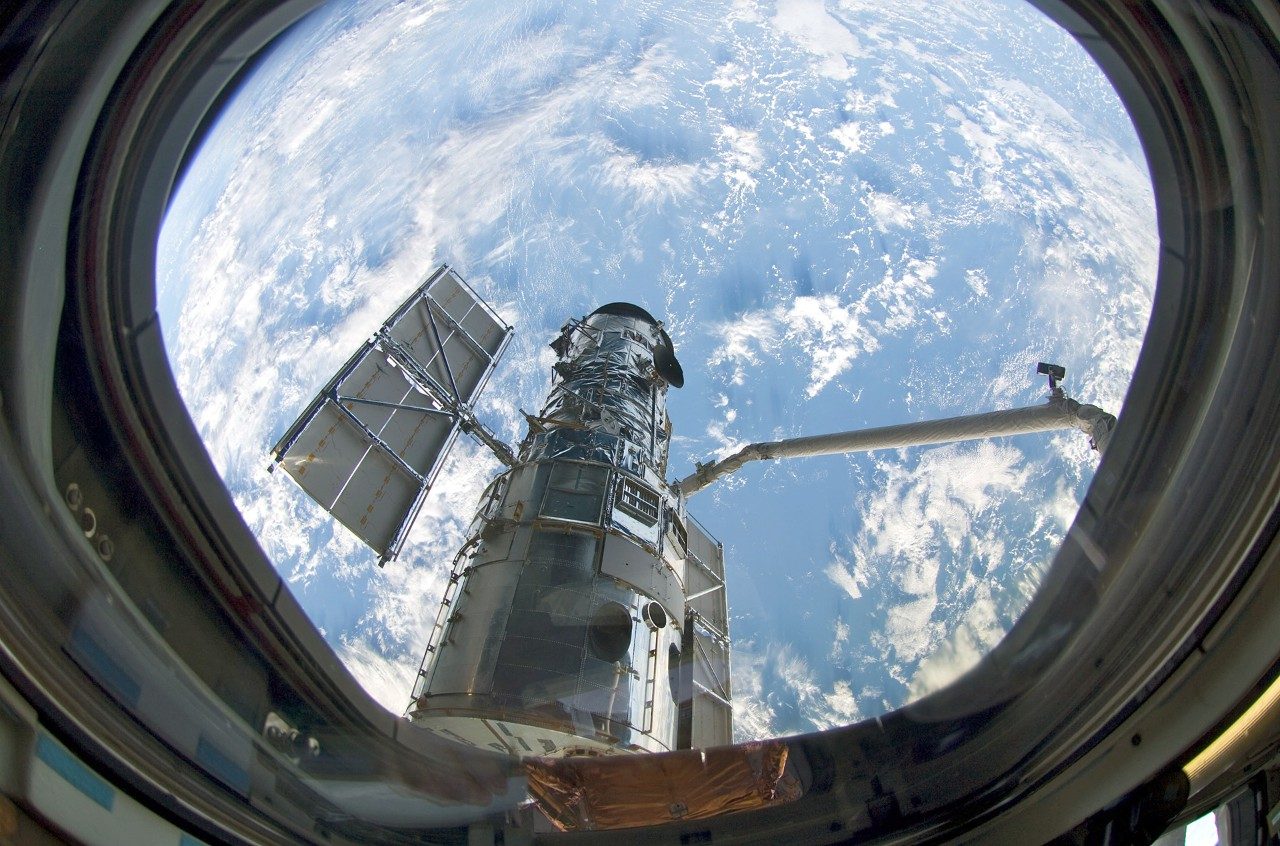
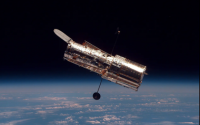
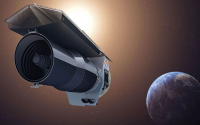
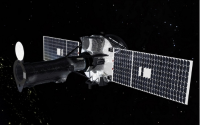
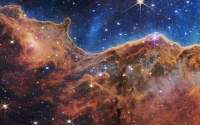
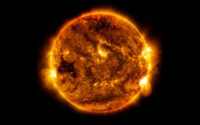
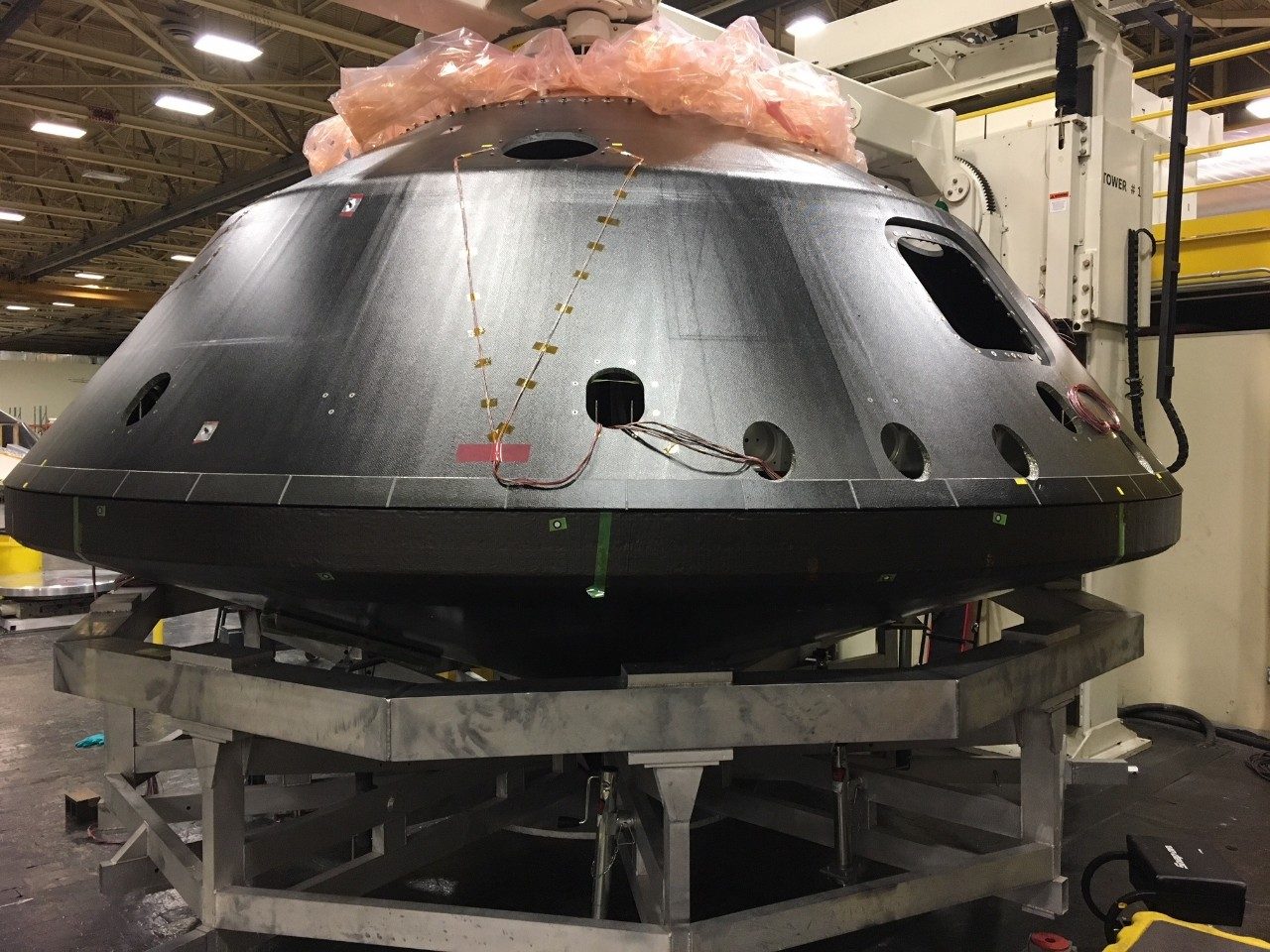

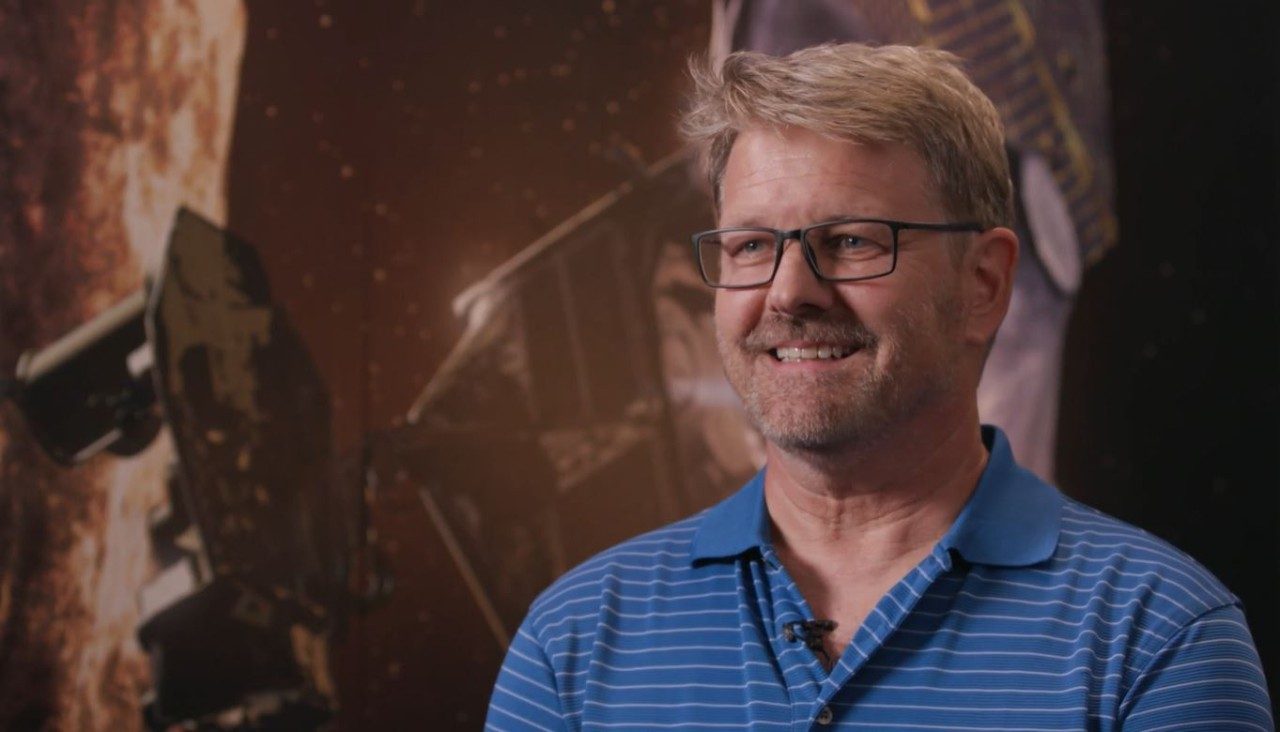
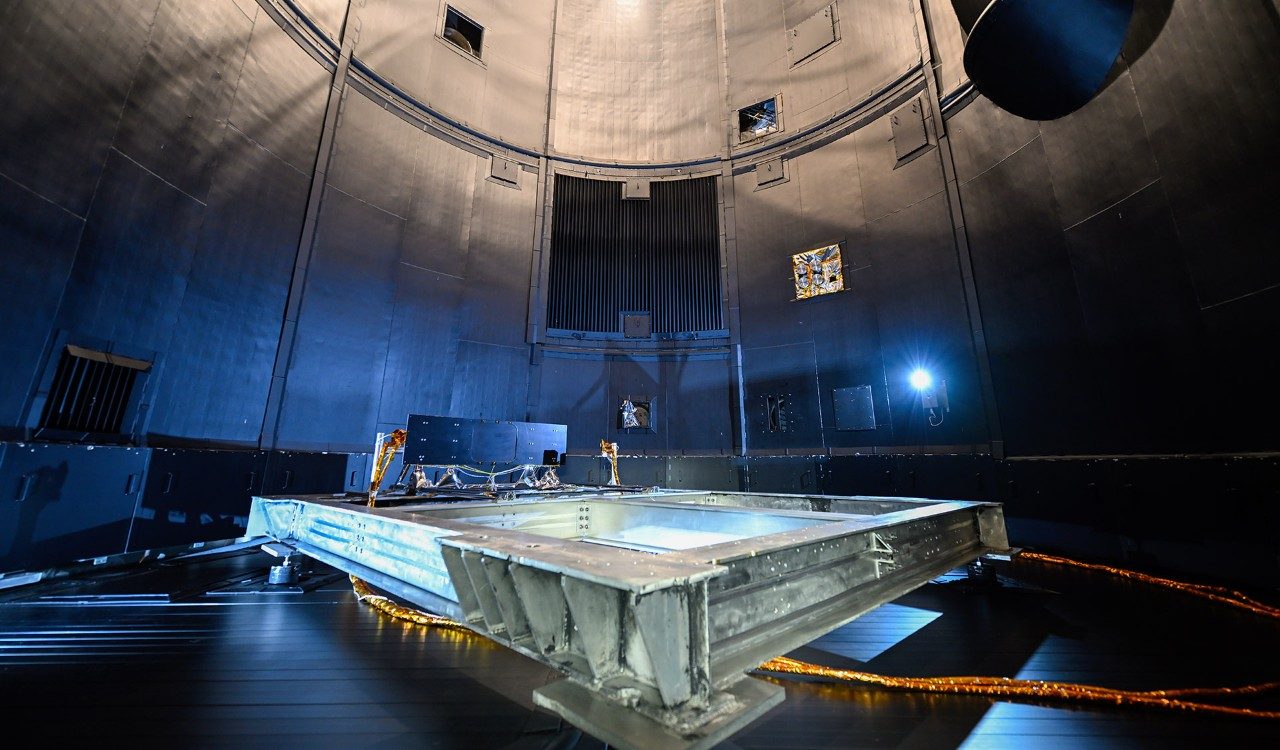

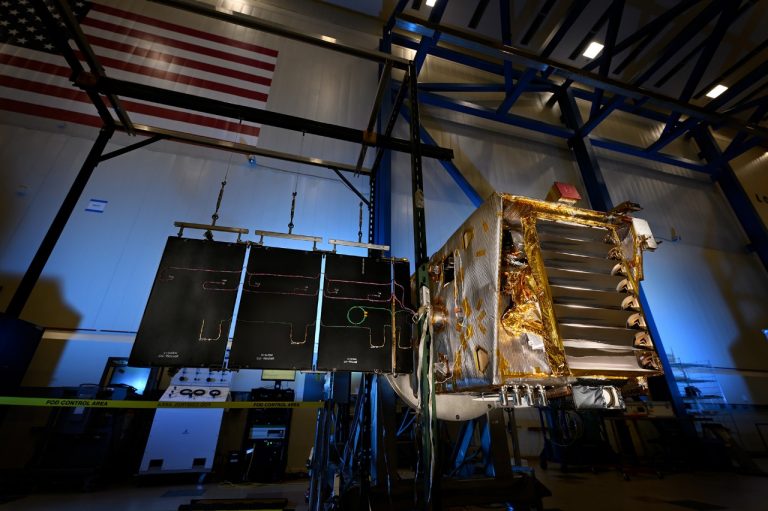

.jpg.pc-adaptive.768.medium.jpg)